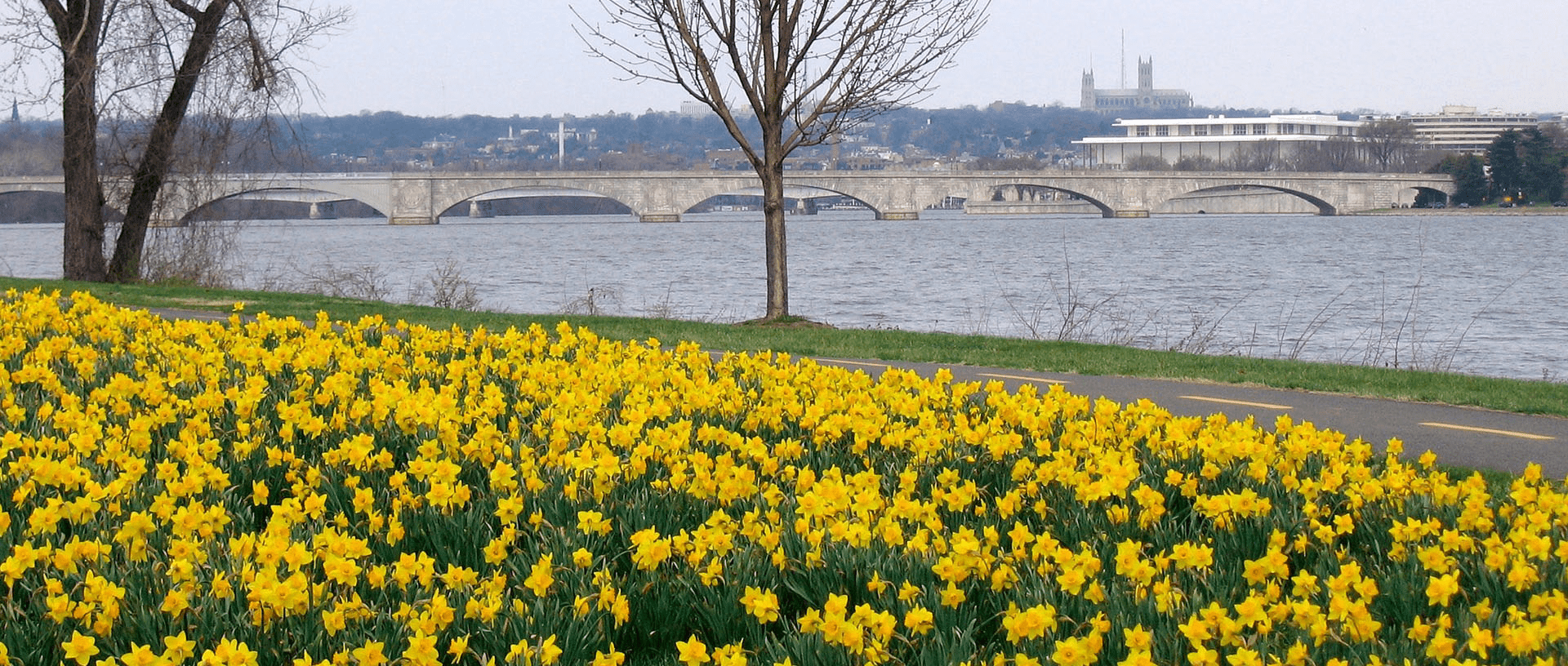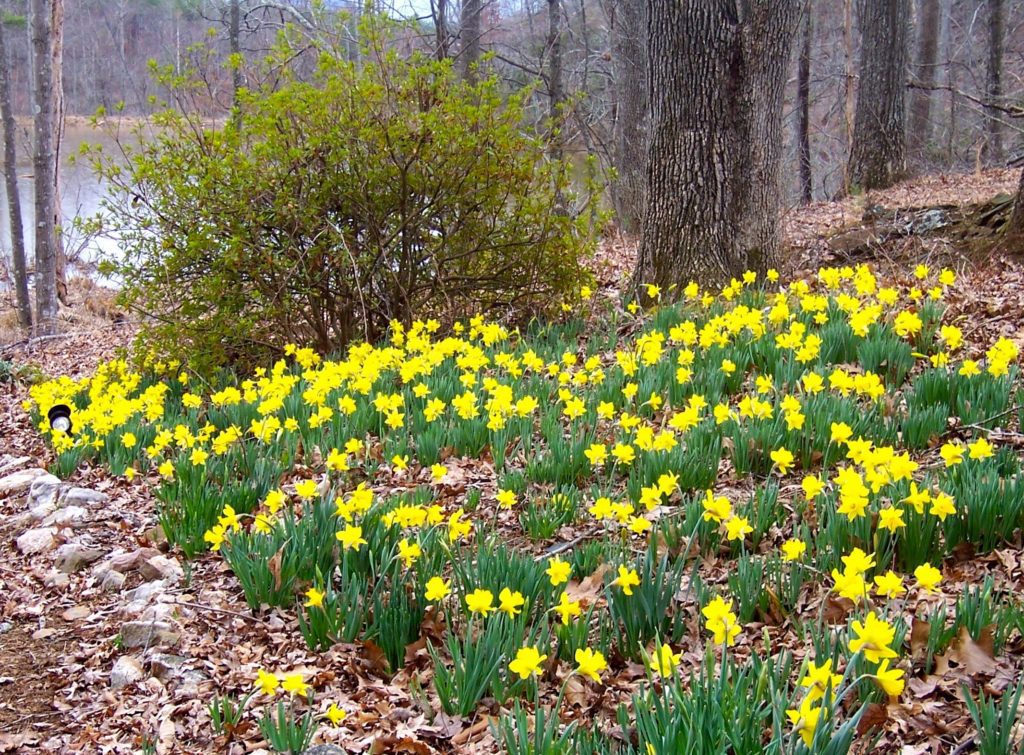 By Chuck Whealton, Region Manager
By Chuck Whealton, Region Manager
With its bright colors lighting up the garden, nothing in nature signifies the arrival of spring more than the daffodil, a flowering perennial planted as a bulb that provides the absolute best return on an amazingly minor investment of time and attention that will bloom every spring for decades. In fact, so little is required by daffodils that I struggled with the name of this piece until adding the word “proper” to the title.

Proper care is more about what not to do than what is needed. The only thing daffodils need is a light feeding with a balanced fertilization as the plants are emerging out of the ground in the spring. Beyond that, leave them alone. After blooming, the green foliage will gradually turn yellow and then die back to the ground. During this six-week period, the leaves are absorbing sunlight and through the process of photosynthesis are actively converting energy to sugars, which are then stored back in the bulb. It is this stored energy that will produce next year’s flowers.
- Completely cutting back the unsightly foliage, folding it or bunching it with rubber bands robs the plant of the opportunity to generate and store the sugars needed to produce next years’ blooms. The end result ranges from a poor display the following season to no flowers at all.
- Where possible, it is advantageous to prune out spent flower stalks before they produce seeds, but only if it can be done without harming the foliage. Trampling the foliage is akin to pruning it off.
- To reverse the problem of low sugar reserves and poor flowing, feed them at the right time (see above) with a fertilizer with more phosphorus (higher middle number in the label) such as 10/20/10, or 18/24/12.
 If you are concerned with how the daffodils present themselves in the period after blooming, put some consideration to where they are planted. Daffodils naturalized along the woods’ edge will be absorbed and disappear as the rest of the plants leaf out. Alternatively, you could incorporate them in perennial plantings with a similar leaf type, like liriope or day lilies, which will camouflage the daffodil foliage as it begins to die back.
If you are concerned with how the daffodils present themselves in the period after blooming, put some consideration to where they are planted. Daffodils naturalized along the woods’ edge will be absorbed and disappear as the rest of the plants leaf out. Alternatively, you could incorporate them in perennial plantings with a similar leaf type, like liriope or day lilies, which will camouflage the daffodil foliage as it begins to die back.
Remember, when it comes to daffodil care, less is more!
 By Chuck Whealton, Region Manager
By Chuck Whealton, Region Manager